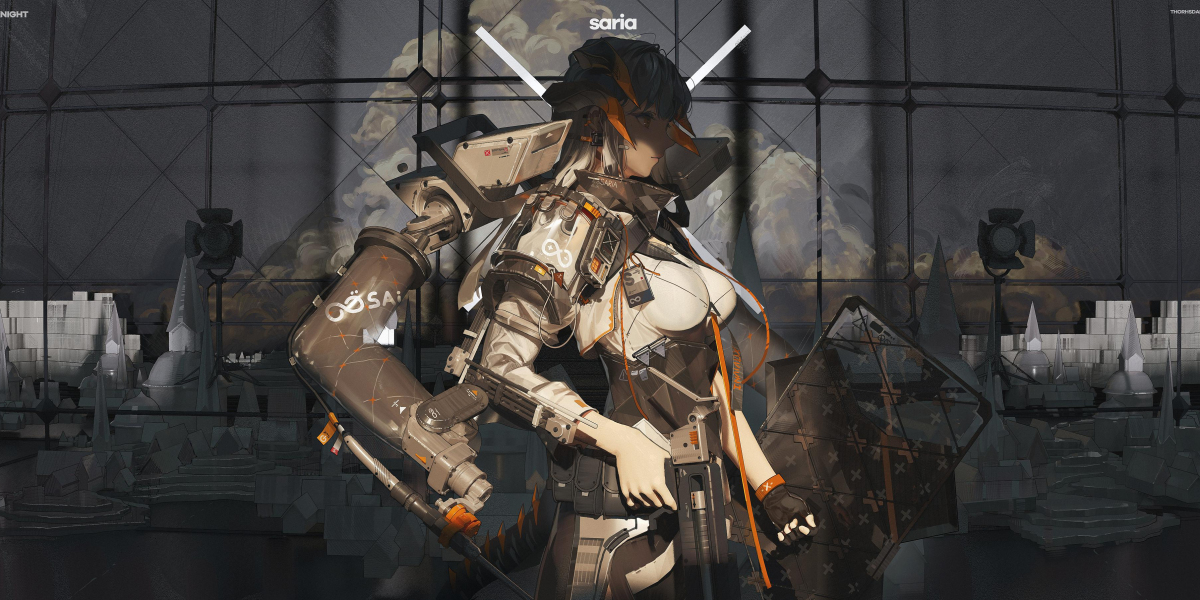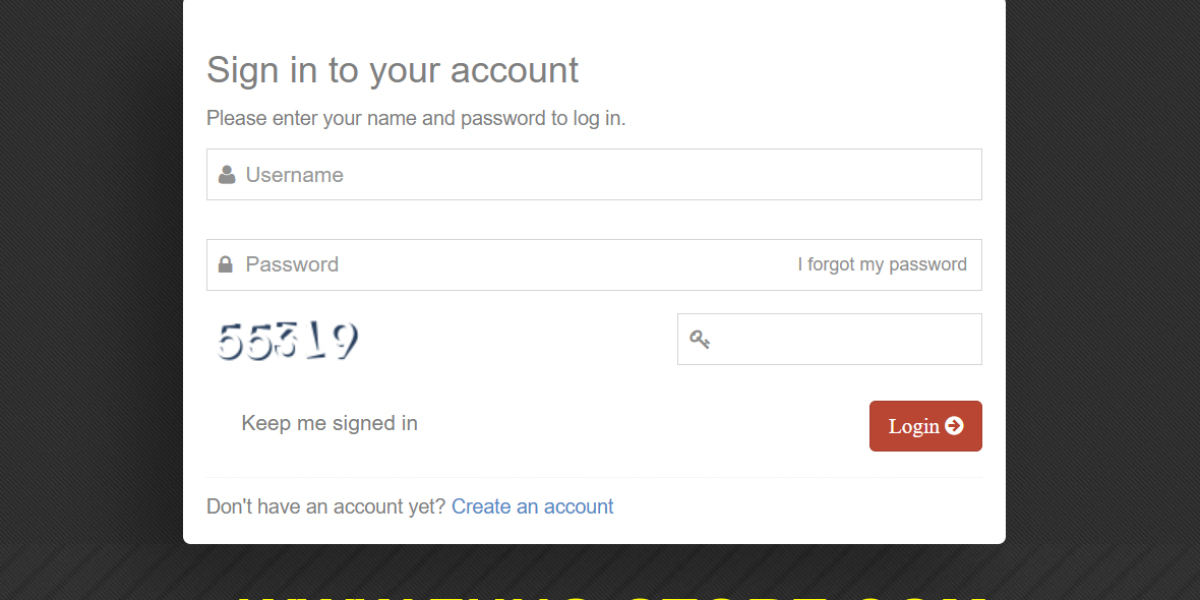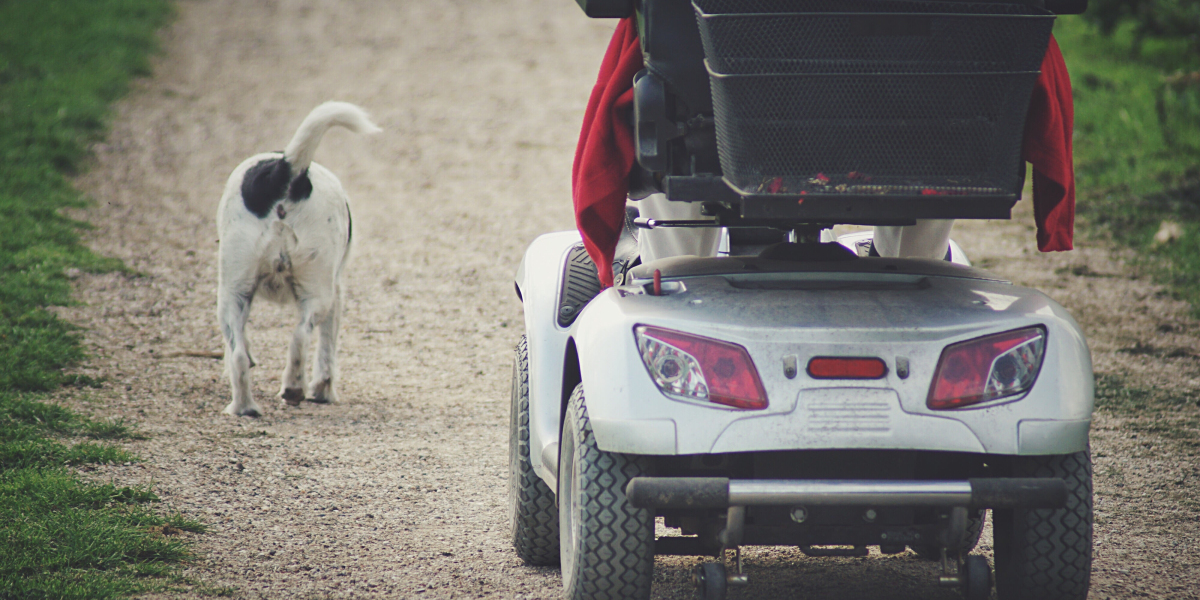Unlock the Secrets to Dressing like a Culinary Pro: Your Guide to Kitchen Style!
In the fast-paced world of culinary arts, the significance of a professional kitchen dress code cannot be overstated. The right attire not only reflects the chef's professionalism but also plays a crucial role in ensuring safety and hygiene in the kitchen. Imagine a bustling kitchen where splatters and spills are a common occurrence; wearing appropriate clothing can prevent accidents and maintain cleanliness. Moreover, adhering to kitchen style norms fosters a sense of unity and professionalism among staff, enhancing the overall dining experience for patrons. Understanding the essentials of kitchen apparel is not just about looking the part; it’s about embracing a culture of excellence. So, let’s dive into what it means to dress like a culinary pro!

The Basics of Kitchen Dress Code
A professional kitchen dress code comprises several fundamental components that are designed with specific purposes in mind. At the core of this dress code is safety; every item worn should mitigate risks associated with cooking. For instance, protective footwear is essential to prevent slips and falls, while long sleeves on chef coats guard against burns and cuts. Comfort is another crucial aspect; chefs spend long hours on their feet, so breathable fabrics and well-fitted clothing are vital for maintaining focus and efficiency. Cleanliness is paramount in culinary settings, so attire should be easy to wash and withstand the rigors of kitchen work. Ultimately, the dress code is a reflection of the chef’s dedication to their craft and the respect they have for their work environment.
Essential Attire for Culinary Professionals
The essential clothing items for culinary professionals include chef coats, pants, and shoes, each serving a distinct purpose. A well-fitted chef coat, often made from durable, flame-resistant fabric, not only protects the chef from burns but also provides an air of authority in the kitchen. Complementing the coat, chef pants are designed for comfort and flexibility, often featuring an elastic waistband and a loose fit to allow for easy movement. When it comes to footwear, non-slip shoes are a must-have to prevent accidents on wet surfaces. The materials used for these items are specifically chosen for their ability to withstand heat and spills, ensuring that chefs can perform their duties safely and effectively while maintaining a polished appearance.
Accessories and Additional Gear
Accessories play a significant role in the overall kitchen dress code, with items such as aprons, hats, and utensils enhancing both professionalism and safety. A sturdy apron protects clothing from spills and stains, while also providing pockets for essential tools. Chef hats, or toques, not only signify rank but also contribute to hygiene by keeping hair secured and away from food. Personal grooming cannot be overlooked; maintaining neat hair and clean nails is crucial in a kitchen environment. These small details contribute to a chef's overall presentation and reflect their commitment to maintaining the highest standards of cleanliness and professionalism.
Dress Code Variations by Kitchen Type
Dress codes can vary significantly depending on the type of kitchen environment. In fine dining establishments, the expectations for attire are often more stringent, with chefs required to wear tailored uniforms that reflect the restaurant's upscale ambiance. On the other hand, casual eateries may have a more relaxed dress code, allowing for comfortable yet professional attire that still adheres to safety standards. Catering services might require a blend of both styles, where flexibility and professionalism must coexist. Each kitchen type presents unique challenges and opportunities, making it essential for culinary professionals to understand and adapt to the expectations of their specific work environment.
Importance of Adhering to Kitchen Dress Standards
In summary, adhering to a professional kitchen dress code is more than just about appearance; it’s a critical aspect of safety, hygiene, and professionalism in the culinary world. By taking pride in their attire, culinary professionals not only enhance their own credibility but also contribute to a culture of excellence within their kitchens. Whether you’re a seasoned chef or just starting your culinary journey, embracing the dress code can positively impact your career. So gear up, look sharp, and let your attire reflect the passion you have for your craft!








